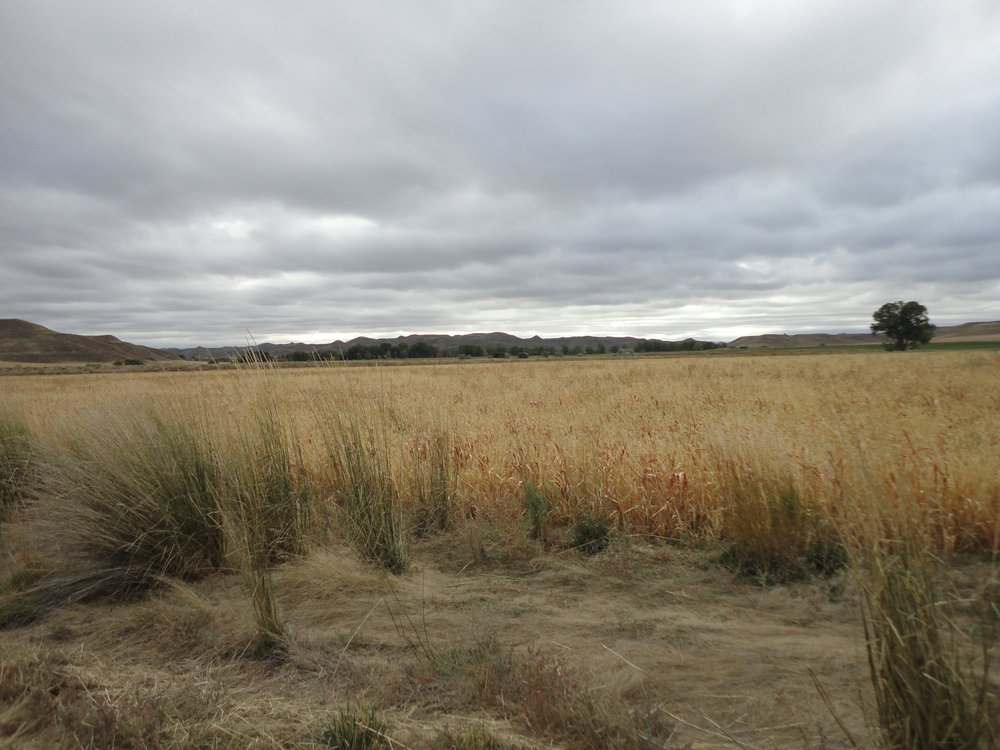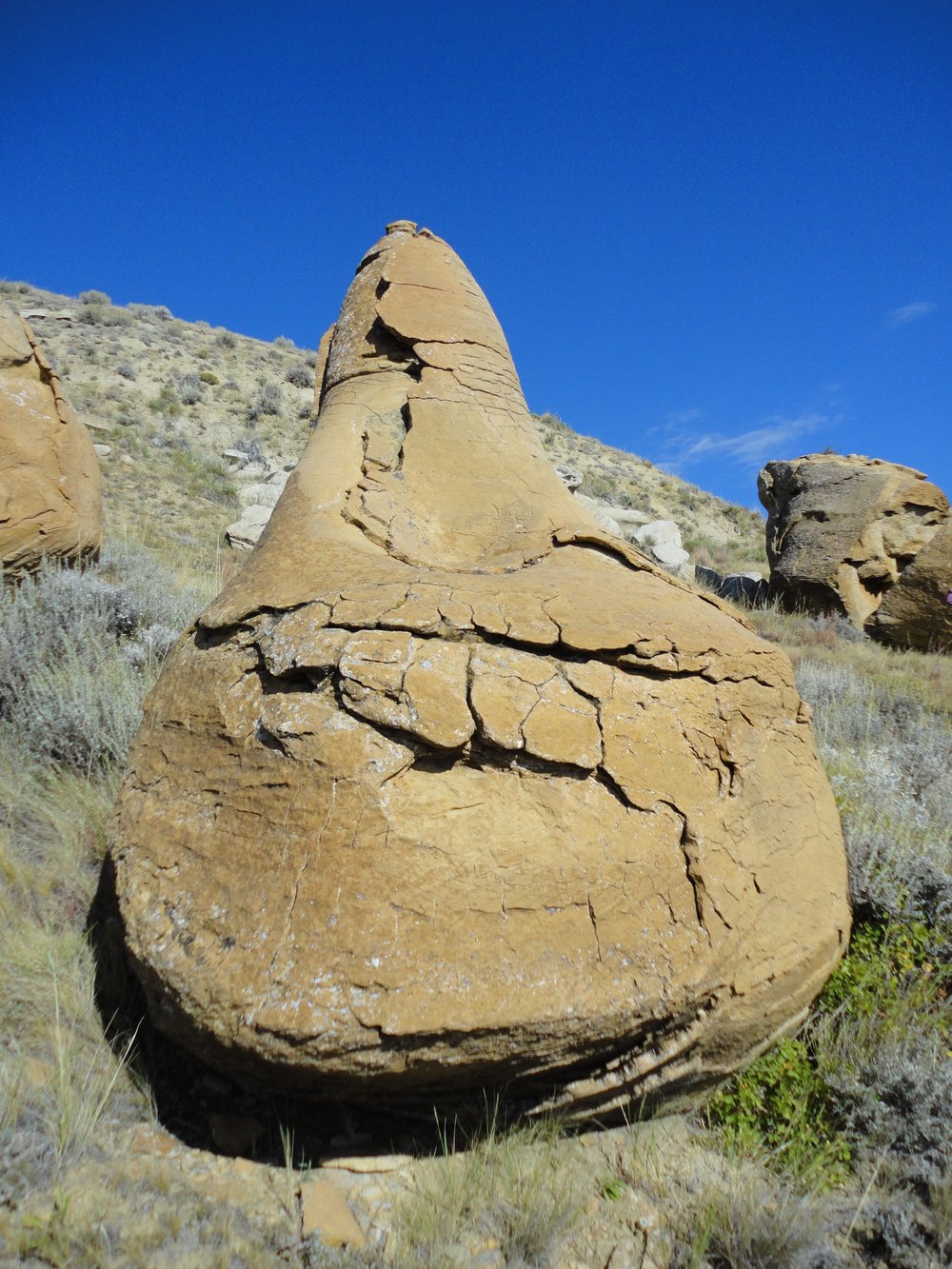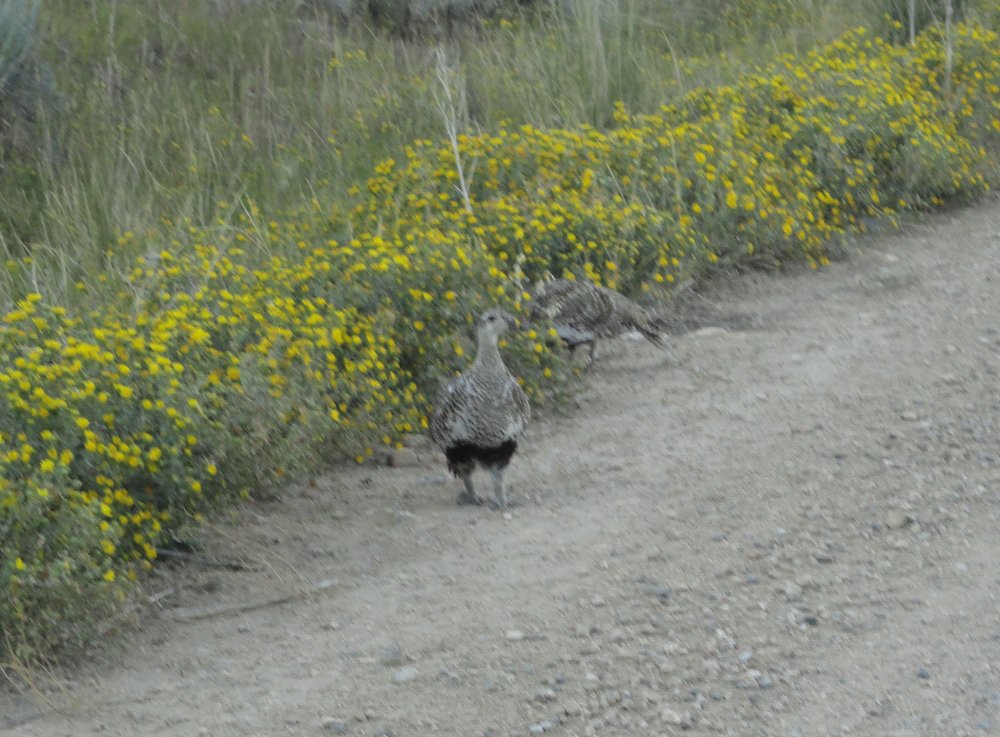
Ucross, Wyoming, population 25, is situated just east of the Bighorn Mountains, on the western edge of the Powder River Basin. It’s 20,000 acres of high desert sagebrush, rubbing up against wetlands, grasslands, and riparian habitat where the Clear and Piney Creeks run. It’s ranchland, dotted with cows and emptiness, studded with boulders tossed from space; there are pockets of petrified wood and lots of cool birds. And the news this fall is that all of this land is now designated an IBA— Important Bird Area—a designation made after careful review by the Audubon Society and the American Bird Conservancy. 20,000 acres of protected land where birds can breed or can stop on migration, is not much in the grand scheme of this planet. But for a few key species—the Greater Sage Grouse and the Long-billed Curlew —these 20,000 acres is a big difference.

Fall of 2010 I had my first leave from teaching at Bard College and in that marvelous expanse of time, was able to finish my book, My Reach, while in residency at Ucross. Ucross isn’t a town—there’s no deli or saloon or even a post office. It’s really just the residency, run by energetic, smart people who have created their lives wedged between the vast empty silence of Wyoming and the busy neurosis of grateful creative people who flow through.
While at Ucross, I confess it was hard to push myself indoors to write in my clean, cosy cabin. There was so much outside that I wanted to see—the proghorn and rattlesnakes, but especially the birds. When I arrived, I was but four months into a bird-obsessed life (which continues without slackening). I hardly knew a sparrow from that Loggerhead Shrike but I was out every day getting to know my Vesper Sparrows and Townsend’s Solitaire. One evening I made a trip to a nearby reservoir and in front of my car strolled four birds that looked like goofy chickens with black bellies. Sage Grouse! The landscape I hiked and explored seemed to be filled with unexpected treasures. Soon enough, the Grouse vanished into the sage brush.
Ucross is the child of a visionary oil man from Minnesota, Raymond Plank, who bought the land and refurbished historic homes and schoolhouses to provide a place where artists and writers could realize their potential. Now, he’s providing land where birds can reach their full potential. He tells his story in his memoir, A Small Difference. His relationship to the land, both drilling for oil and protecting it, reveals the complexity of our relationship to land. These two things can co-exist. And it is exactly such moves of protection by Wyoming landowners that we are counting on to save the Greater Sage Grouse.

This fall, the Sage Grouse was under consideration for Endangered Species status. This was hotly debated because to protect the bird would mean to limit all kinds of activity on the land, especially drilling. Trying to avoid a blanket of restrictions that comes with the Endangered listing, landowners and conservation organizations have been working together—just like at Ucross—to provide habitat for the bird to breed. According to data compiled by the U.S. Fish and wildlife Service the species is doing well enough—a breeding population of 432,000— that it was not listed. Usually this failure to list would put me in a funk, but the work of Ucross makes me believe that “do it yourself” land protection might in fact work. I suspend my skepticism because Ucross, after all, is a place where an oilman believes in artists and in birds.
I know that some will remain skeptical that our government fell short. They may have. But Ucross—they’ve made a small difference. Let’s keep adding up those small differences all across the country. For birds. For all of us.